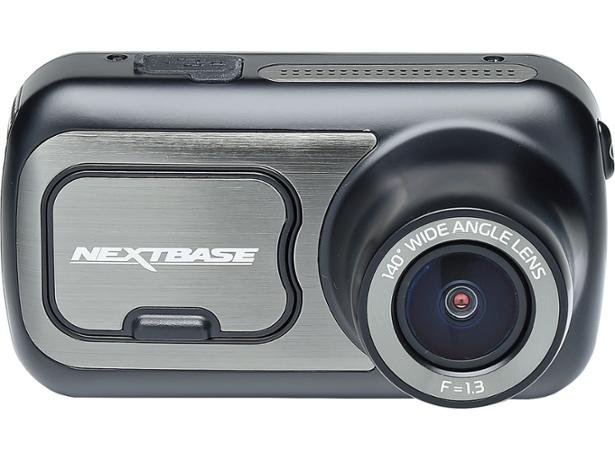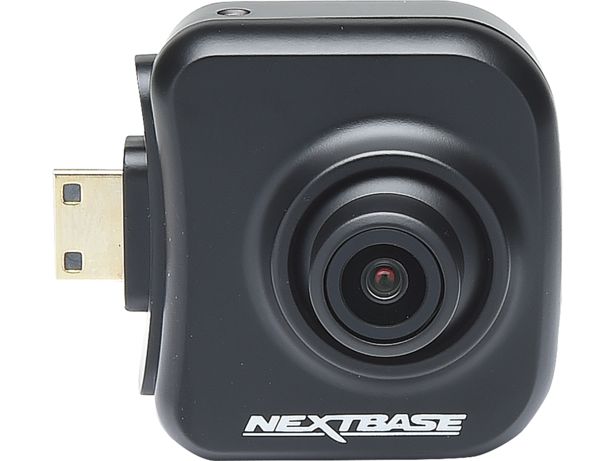How to install a dash cam

If your dash cam isn't fitted properly, not only can your footage be disregarded by your insurance company and the police, but you may well be breaking the law.
There are strict rules about where in-car equipment should be positioned.
Dash cams must be fitted so that they don't obstruct the drivers' vision, otherwise, you could be liable to pay a fine. Our expert guide will help make sure you get yours set up right first time.
Not all dash cams are equal - some record footage so poor it will be inadmissible in court. Make sure you check out our selection of the best dash cams.
Video: How to install a dash cam
Watch our video to find out the correct way to install your dash cam in your car.
Best place to mount your dash cam
Don't place a dash cam randomly – it needs a proper, careful setup.
Try to place the dash cam behind your rear-view mirror for a clear view of both lanes and road signs without blocking your sight.
In some cars with big mirror covers, it might be tough to put the dash cam behind the mirror. You could try on the passenger side, but it might limit what the camera sees.
The rule to follow is that your dash cam should not intrude into the area covered by your windscreen wipers by more than 40mm.
Check your car's manual for advice because placing a dash cam near your rear view mirror could affect the car’s radar or camera systems.
The best dash cams have long cables for neat installation. Avoid just plugging it in and leaving the cable hanging; route it along your windshield edge to the power socket, but be sure not to place it near any airbags (check your car’s manual to find out where these are placed).
Don't waste your money on a model that isn't right - use our buying advice on choosing the best dash cams.
Different types of dash cam mount

Most dash cams come with one of two types of mount:
- Double-sided tape - Double-sided tape gets lower scores in our tests, as it's so inflexible. Once you attach it to the windscreen, it's extremely difficult to reposition. You'll need a steady hand to fit it correctly and you'll have to make sure you get it in exactly the right place, first time.
- Suction cup - Suction-cup mounts are by far the better choice. They're easier to fit, and you can reposition them as often as you like. Most we've tested stay attached with no problems - if we ever find that they refuse to stay on, we make sure we mention it in our dash cam reviews.
Hardwire a dash cam
Hardwiring involves connecting your dash cam directly to your car's on-board electricals. This means it will start up and switch off automatically with your car's ignition, and the wires will be hidden out of sight under your dashboard - plus it frees up the cigarette lighter for other electronics.
Just about every dash cam we test can be hardwired, so if you're eyeing up a new model to purchase it should be compatible.
Fitting costs around £50, but you may find it's only offered if you purchase the dash cam at the same place.
Alternatively, you can do it yourself. It will involve accessing the fuse box, usually located inside or beside the glove box, and swapping a connection with your hardwiring kit - your dash cam’s instructions should explain the whole process.
Installation shouldn’t take more than 30 minutes to complete. How complicated it is will depend on what vehicle you drive, so we'd recommend leaving it to the pros if you're not entirely confident in your skills.
To make sure that you don't run into any trouble with your dash cam, read our guide on dash cams and the law.


